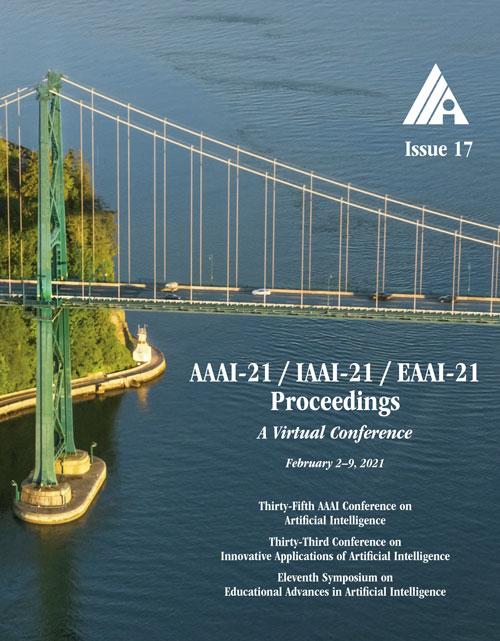Computational Visual Ceramicology: Matching Image Outlines to Catalog Sketches
DOI:
https://doi.org/10.1609/aaai.v35i17.17740Keywords:
HumanitiesAbstract
Field archeologists are called upon to identify potsherds, for which they rely on their professional experience and on reference works. We have developed a recognition method starting from images captured on site, which relies on the shape of the sherd's fracture outline. The method sets up a new target for deep-learning, integrating information from points along inner and outer surfaces to learn about shapes. Training the classifiers required tackling multiple challenges that arose on account of our working with real-world archeological data: paucity of labeled data; extreme imbalance between instances of different categories; and the need to avoid neglecting rare classes and to take note of minute distinguishing features of some classes. The scarcity of training data was overcome by using synthetically-produced virtual potsherds and by employing multiple data-augmentation techniques. A novel form of training loss allowed us to overcome classification problems caused by under-populated classes and inhomogeneous distribution of discriminative features.Downloads
Published
2021-05-18
How to Cite
Itkin, B. ., Wolf, L., & Dershowitz, N. (2021). Computational Visual Ceramicology: Matching Image Outlines to Catalog Sketches. Proceedings of the AAAI Conference on Artificial Intelligence, 35(17), 14822-14830. https://doi.org/10.1609/aaai.v35i17.17740
Issue
Section
AAAI Special Track on AI for Social Impact

